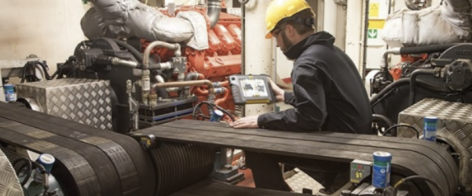Navigating the Challenge of Repeatability in Laser Shaft Alignment

In the world of industrial maintenance, laser shaft alignment stands out as a crucial technique for ensuring the optimal performance of rotating machinery. However, a significant challenge that technicians often encounter is the issue of repeatability. Achieving consistent alignment results across multiple measurements is vital for the longevity and efficiency of equipment.
Laser alignment tools are known for their ability to deliver consistent and precise measurements with minimal components attached to the rotating machinery. When addressing issues related to measurement repeatability, it's beneficial to focus on identifying and rectifying some of the most common and easily solvable problems.
Repeatability is not just about getting the same results in a controlled environment; it's about achieving those results under varying conditions and over time. Factors such as environmental changes, operational wear, and even slight shifts in the machinery's positioning can impact the repeatability of alignment results. This makes it imperative for technicians to adopt a meticulous approach, ensuring that each alignment process is conducted with the same level of precision.
One of the key strategies to enhance repeatability is the use of advanced laser shaft alignment tools. These tools are equipped with sophisticated sensors and software algorithms that can compensate for external variables, providing more stable and reliable measurements. Additionally, they often feature user-friendly interfaces that guide technicians through the alignment process, reducing the likelihood of human error.
A lack of repeatability may be caused by
- Components, such as brackets, should be affixed to the shafts and should be tightened to prevent slipping or rocking of any kind.
- The measurement unit assembly should not touch a stationary component during a sweep measurement.
- Play in the coupling should be minimized.
- When utilizing a sweep function for measurement, it's crucial to maintain consistent rotation in a single direction. Avoid reversing the rotation of the heads during the measurement process
- Use the appropriate measurement mode for the machines: i.e. sweep, multipoint, 9-12-3, etc.
Another crucial aspect is the standardization of procedures. By following a consistent methodology for each alignment, technicians can minimize variations and improve the repeatability of their results. This includes standardizing the setup, measurement, and adjustment phases of the alignment process.